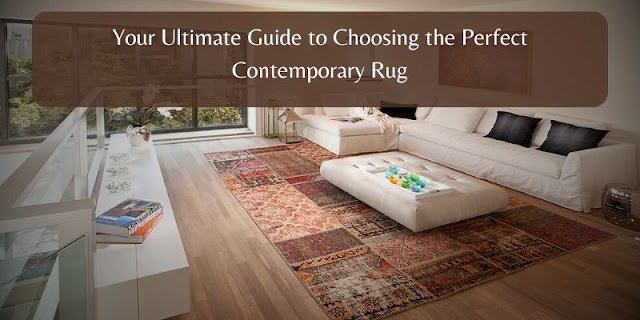7 Tips for Buying Oriental Rugs
Buying oriental rugs can be a rewarding experience, but it requires careful consideration to ensure you make an informed and satisfactory purchase. Here are seven tips to help you when buying oriental rugs:
1. Educate Yourself: Before shopping, research the types of oriental rugs, their origins, materials, and designs. Understand the terminology used in the rug industry to help you make informed decisions.
2. Set a Budget: Oriental rugs can vary widely in price. Determine your budget beforehand to narrow down your options and avoid overspending.
3. Choose a Reputable Seller: Buy from established and reputable rug dealers, stores, or galleries. Look for sellers who have a history of selling genuine rugs and can provide information about the rug's origin, materials, and craftsmanship.
4. Check Materials and Craftsmanship:
- Handmade vs. Machine-Made: Authentic oriental rugs are usually handmade, while machine-made rugs lack the same level of craftsmanship.
- Knot Count: Higher knot counts often indicate finer quality rugs with intricate designs.
- Materials: Wool and silk are common materials for oriental rugs. Wool is durable, while silk adds a luxurious touch.
5. Examine Design and Patterns:
- Authentic oriental rugs feature intricate and unique designs that reflect their cultural origin.
- Be wary of rugs with too perfect or repetitive patterns, as they might be machine-made.
6. Inspect Condition and Quality:
- Look for evenness in color and design. Irregularities may suggest handmade authenticity.
- Check for signs of wear and tear, especially at the edges and corners.
- Check the back of the rug; authentic hand-knotted rugs typically have an uneven, natural back.
7. Ask for Documentation:
- Request a certificate of authenticity, which provides information about the rug's origin, materials, and other relevant details.
- Ask for a return policy or guarantee in case you're not satisfied with the rug's quality or appearance.




Comments
Post a Comment